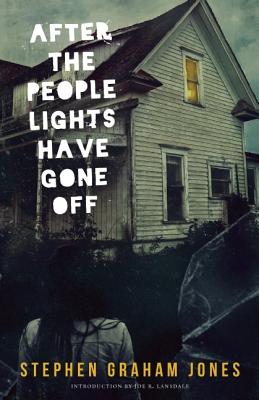Reviewed by Robert Long Foreman

Whisper Hollow, Chris Cander
Other Press
ISBN-13: 978-1590517116
$17.95, 400 pages
The narrative of Chris Cander’s new novel, Whisper Hollow, spans half a century of life in a small town in West Virginia, from 1916 to 1969. Its focus is on two women, Alta and Myrthen, who as young adults are swiftly caught up in less-than-ideal marriages. Alta resigns herself to an unfulfilling but stable domestic life; Myrthen retreats into religious devotion, and later resorts to drastic measures to free herself from her circumstances.
Time moves swiftly, from chapter to chapter, as the women’s lives whip past them; some of the pleasures of reading Whisper Hollow lie in the way we’re given news of significant events well after the events have become memories to the characters who relay that news to us. Another pleasure lies in the way Cander writes about West Virginia with an eye to the transnational, as the novel is attentive to the forces that brought about Myrthen’s birth in the town of Verra, where the novel is set. Cander opens with Myrthen’s parents, about whom she writes,
Fueled by their unlikely passion, they’d hastily exchanged the Erzgebirge mountain range for the Appalachian; uranium mining for coal; the town of Niederschlema for the town of Verra. There were many similarities—the metallic cold of winter, the lush patina of foliage in the spring, the graduating blue of the eastward-looking slopes, the toil and promise that awaited underground. But once they slowed down long enough for their breathing to steady and their heat to subside, the differences were too numerous to count.
This is more than an opportunity for Cander to establish the setting, and it does more than help to explain what will turn out to be Myrthen’s incongruity with her surroundings. Cander is gesturing to the migratory currents that brought the town of Verra—and, by implication, the state of West Virginia—into being what it is.
It is the ambition to tell that larger story that truly animates Whisper Hollow, as is the novel’s representation of coal mining. The industry that dominates so much of the characters’ lives remains mostly in the novel’s background, as our attention is focused on women who do not descend into the mines themselves. Whenever we are taken to that place, however, the novel puts that attention to good use. “Three hundred and thirty feet into a section just twenty feet below the surface of the earth, inside a glistening cavity worked out from between layers of slatestone,” Cander writes, “somebody laughed.” There is an otherworldliness to that sentence, one that is appropriate to the way in which the mines, for the women at the center of the novel, constitute a nearby but inaccessible space when the men they are anchored to spend their working lives, and where those lives sometimes come to an abrupt end.
The West Virginian in me wishes that Whisper Hollow didn’t have any incest in it. It does, though: as soon as Lidia, the third major female character, is introduced, about halfway in, she is raped and impregnated by her elder brother. There is more to incest’s presence in the novel than the reinforcement of a bad regional stereotype, however; in that scene we learn a great deal, very quickly, about the character of Lidia, as she sees the resulting pregnancy as a problem with an available solution. Her narrative provides a counterbalance of sorts to Myrthen’s and Alta’s; like them, the terms of her life are dictated to her, but not for a moment does it appear she will be crushed under the weight of them.
Lidia’s entrance to the novel marks a shift in the narrative; our attention is no longer focused on Myrthen or Alta, but on Lidia, who proceeds to meet both women, so that we watch their narrative arc conclude from a remove. It is a deft narrative turn, and a necessary one, as it indicates the transition Whisper Hollow has made, from a town of immigrants who have turned to coal mining in order to sustain themselves, to native West Virginians, for whom coal mining is more a fact of life than an occupation. A well-wrought novel, Whisper Hollow is a fine contribution to literature set in a place that is worth our attention.
Robert Long Foreman is from Wheeling, West Virginia. His fiction and nonfiction have appeared most recently in Copper Nickel, Fourth Genre, Redivider, the 2014 Pushcart Anthology, and Booth. He teaches creative writing and literature at Rhode Island College, and you can find him on Twitter at @RobertLong4man.




